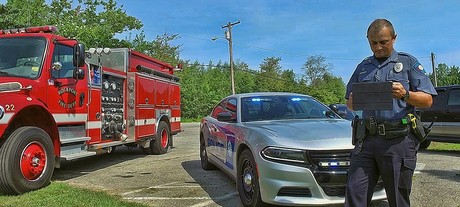Limitations of LTE for public safety

In his regular ‘Public safety advocate’ newsletter, respected US communications commentator Andy Seybold outlines the pluses and minuses of current and future LTE public safety systems, with a particular focus on FirstNet.
Seybold compares the current capabilities of LMR versus current and promised capabilities of LTE, making the point that the latter are nowhere near mature enough to consider replacing LMR, as some in the communications world seem to want.
“It appears as though the more public safety agencies join FirstNet the more those following the progress as ‘outsiders’ (not public safety personnel) are making noises about how FirstNet will ‘soon’ become the only public safety network needed. It is not clear why vendors, pundits, and researchers are pushing this model,” Seybold writes.
“It is clear why elected officials in Congress, the states, and local jurisdictions are promoting the one network approach: They want to stop funding existing Land Mobile Radio systems (LMR) that are currently the nearest thing public safety has to mission-critical networks.”
Seybold goes on to write, “If we continue to allow those who believe giving up the LMR spectrum and putting all of the public safety community onto a single radio system is both the most prudent and economical way forward, we are missing the real issue: What, exactly, are the public safety community’s requirements (not our view but theirs)? We need to let those using the communications networks decide what and where one or both networks will be needed.
“As I have said before, simply because a technology appears to be ready for prime time, unless it is something the public safety community believes it can trust lives to, it won’t be adopted as the only public safety network regardless of what others say.”
Seybold’s words are a timely reminder that it is vital that public safety mobile broadband systems — such as Australia’s proposed network — are established with realistic expectations, and that it might not be a good idea to rely too much on one, unproven technology.
You can read Seybold’s full critique on the All Things FirstNet website.
Please follow us and share on Twitter and Facebook. You can also subscribe for FREE to our weekly newsletter and bimonthly magazine.
NZ emergency services approach cyclone season with better comms
Emergency services will face this cyclone season with improved cellular communications...
Triple Zero Custodian Bill passes, as Senate inquiry looms
With an open inquiry into Optus and the Triple Zero ecosystem just days away, new legislation has...
Caltta powers comms for military parade
Caltta Technologies has delivered end-to-end communication support for China's 80th...






